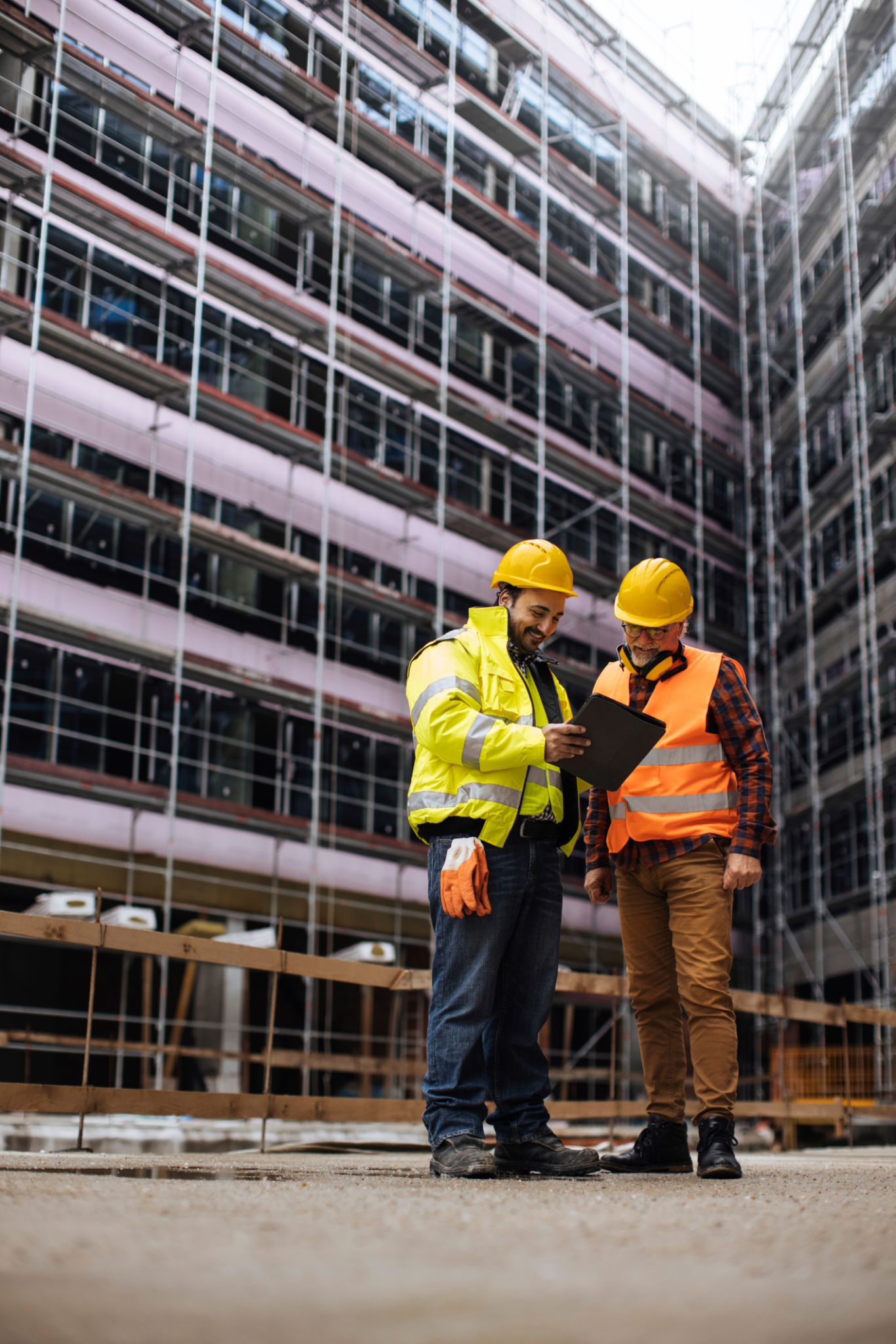Understanding the Process of Building Basketball Facilities: A Step-by-Step Guide
Initial Planning and Design
Building a basketball facility begins with meticulous planning and design. This initial phase involves determining the purpose of the facility—whether for community use, professional training, or school sports. Engaging with architects and sports facility consultants can help shape a functional and appealing design.
During this stage, it's crucial to consider factors like the number of courts, seating capacity, and additional amenities such as locker rooms and concession stands. Budgeting is also a key component, ensuring that all aspects of the project align with financial constraints.

Site Selection and Preparation
Choosing the right location is vital for the success of a basketball facility. The site should be accessible and have adequate space to accommodate the planned structure and parking. Environmental assessments and zoning regulations must be reviewed to avoid future complications.
Once the site is selected, preparation begins. This involves clearing the land, grading the terrain, and setting up utilities. Proper site preparation lays the foundation for a smooth construction process.

Construction and Material Selection
With plans in hand and the site ready, construction can commence. Hiring experienced contractors who specialize in sports facilities ensures quality workmanship. The choice of materials is crucial, as they must withstand wear and tear while providing a safe playing environment.
Key materials include hardwood flooring for indoor courts, weather-resistant surfaces for outdoor areas, and specialized lighting systems for optimal visibility. Attention to detail during construction guarantees a facility that meets safety and performance standards.

Installation of Amenities and Technology
Modern basketball facilities often incorporate advanced technology to enhance the experience for players and spectators. This includes electronic scoreboards, sound systems, and video recording capabilities for game analysis.
Amenities such as comfortable seating, accessible restrooms, and concession areas contribute to a positive visitor experience. Installing these features requires careful planning to integrate them seamlessly into the overall design.

Compliance and Safety Checks
Before opening, the facility must undergo rigorous compliance and safety checks. This involves ensuring that the structure adheres to building codes and sports regulations. Fire safety, emergency exits, and accessibility are critical aspects of this evaluation.
Conducting thorough inspections and obtaining necessary certifications is essential to protect all users and provide peace of mind to facility operators.

Final Touches and Opening
The final stage of building a basketball facility involves adding finishing touches, such as branding elements and interior decor. These details personalize the space and create an inviting atmosphere.
Once the facility is complete, hosting a grand opening event can generate excitement and attract the community. Offering tours and hosting initial games or exhibitions can showcase the new facility's capabilities.

In conclusion, building a basketball facility is a complex process that requires careful planning, skilled execution, and attention to detail. By following each step meticulously, you can create a space that serves athletes and the community effectively for years to come.